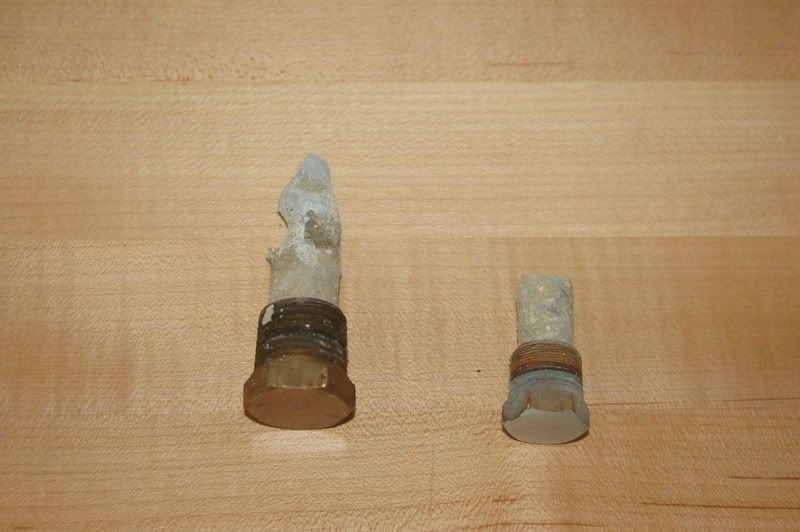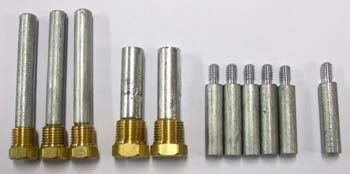I was out last night pulling that transmission cooler off that had the bad hose during our trip this year. The bracket needs some love (sanding and painting) and I'm putting new rubber o-rings on the thing. Anyway, I also started some maintenance after the big trip like zincs, strainers, etc.
So here's a picture of the engine zincs that were put on less than 3 months ago:

I post this because I've seen a few posts of people saying they only look at the zincs once a year up in those waters... Maybe it's a Cummins thing or an electrical cord thing but they sure got chewed up fast. I usually change mine about every 4 months but those things don't have another month left in them.
So here's a picture of the engine zincs that were put on less than 3 months ago:

I post this because I've seen a few posts of people saying they only look at the zincs once a year up in those waters... Maybe it's a Cummins thing or an electrical cord thing but they sure got chewed up fast. I usually change mine about every 4 months but those things don't have another month left in them.
Last edited:




